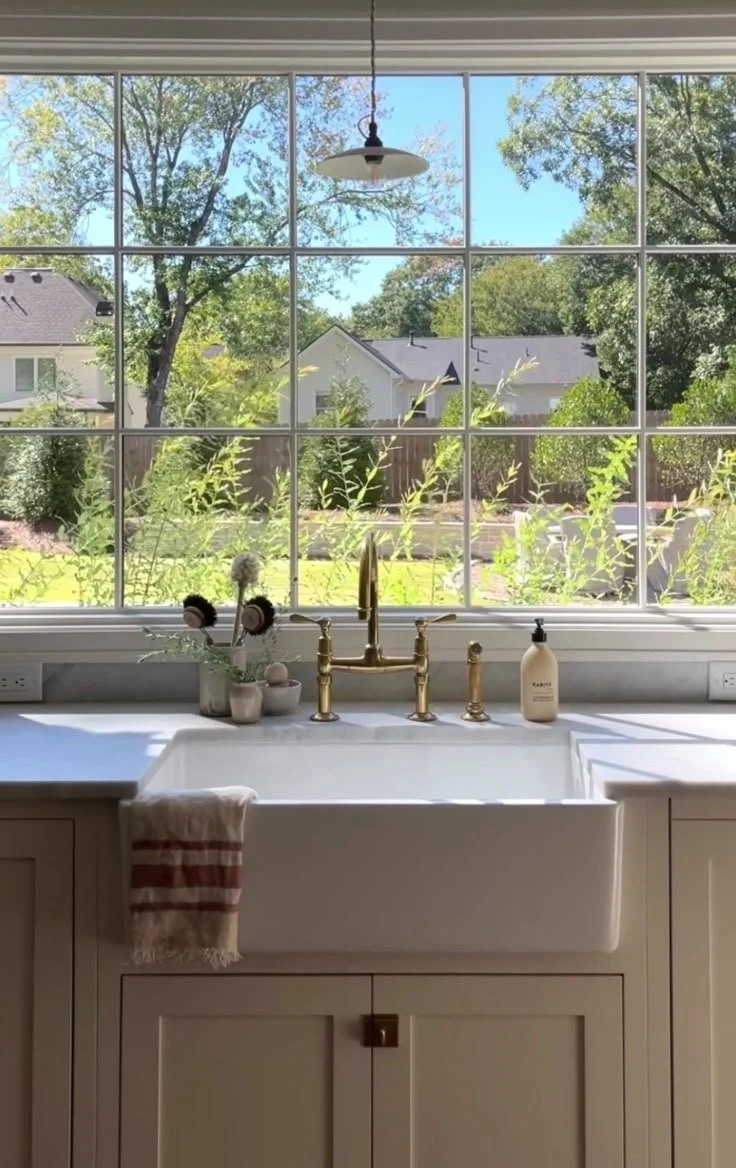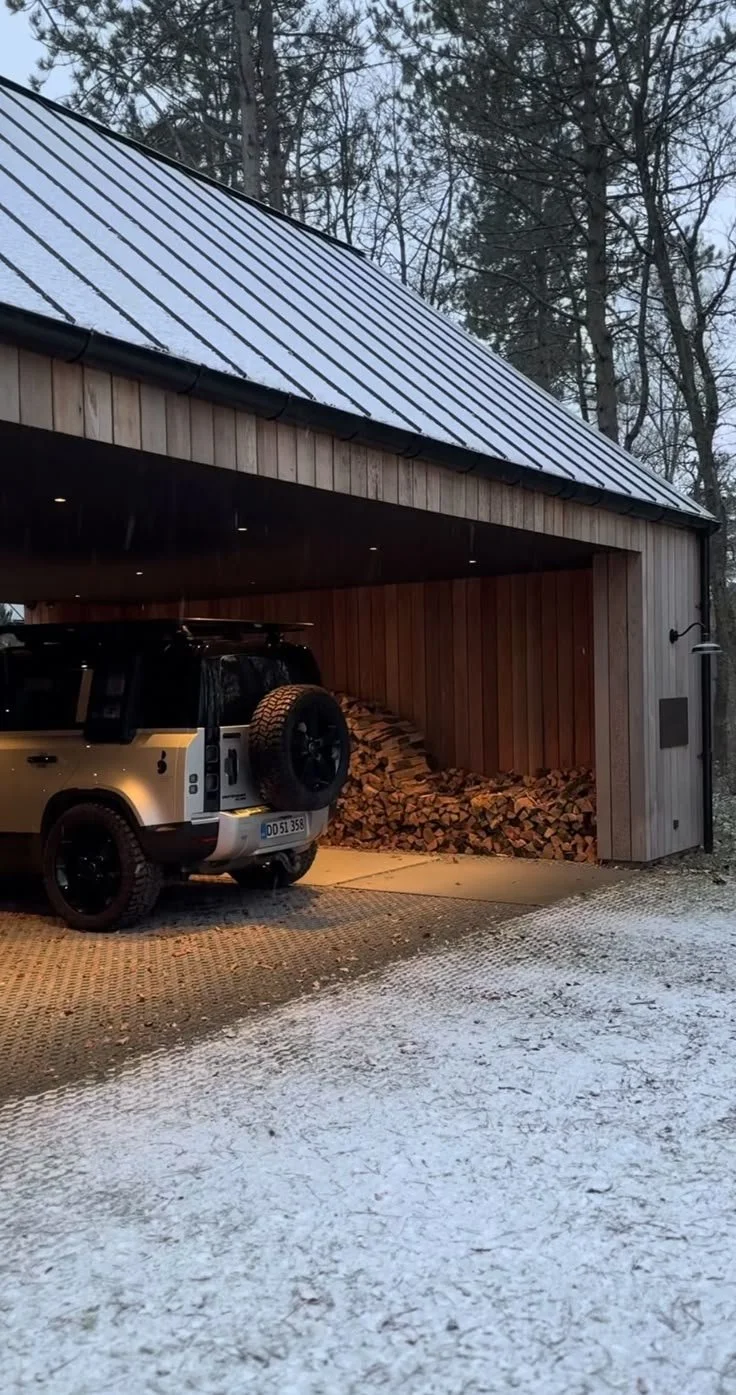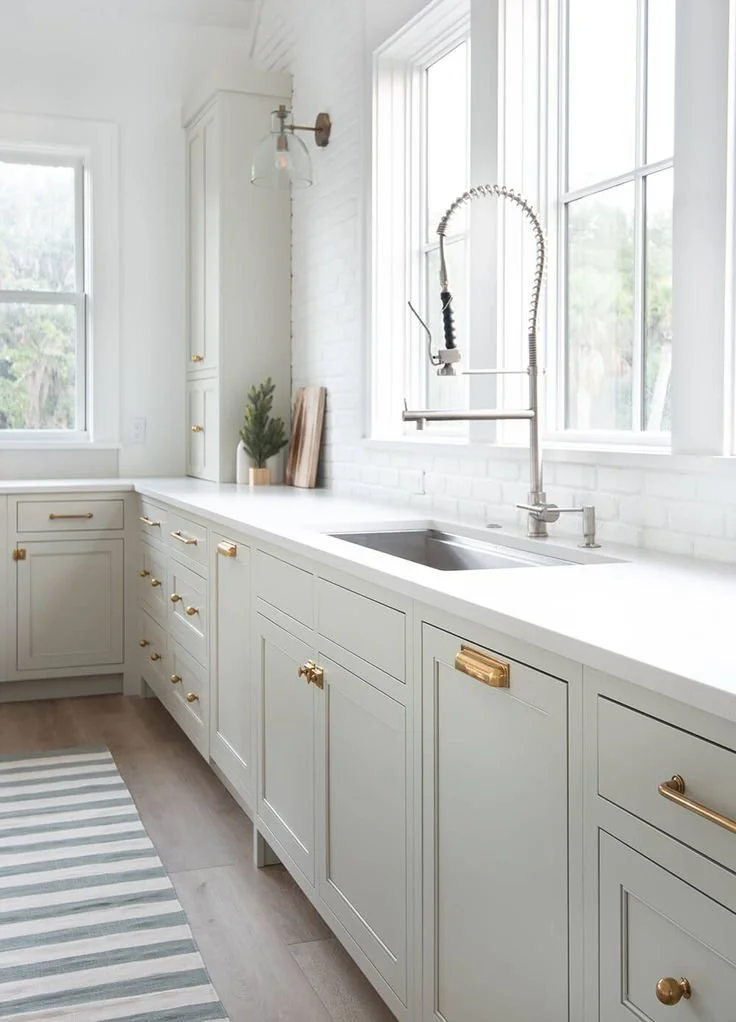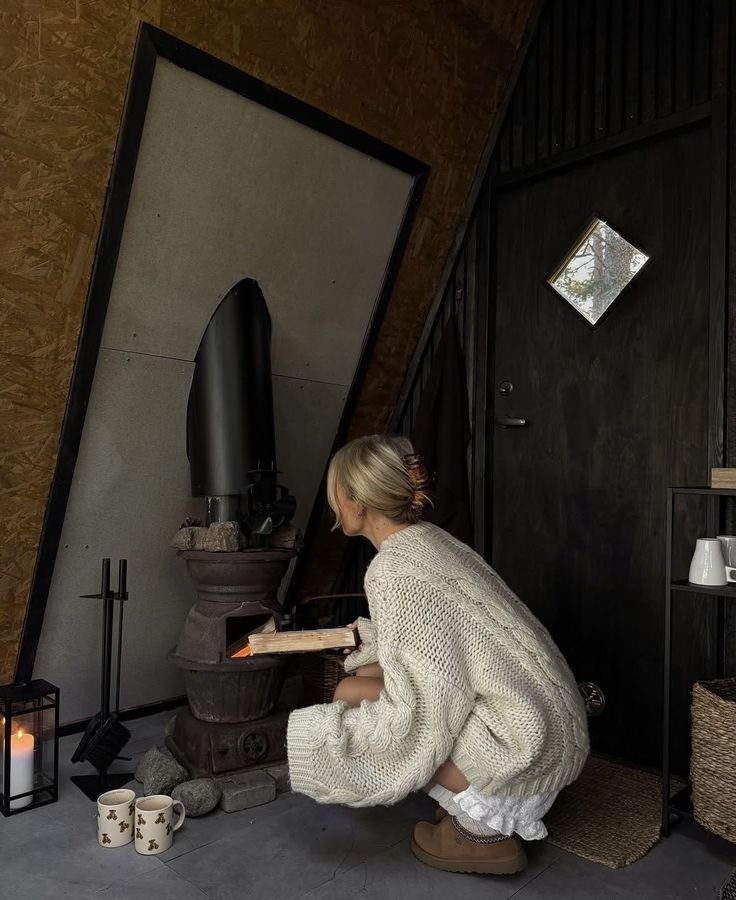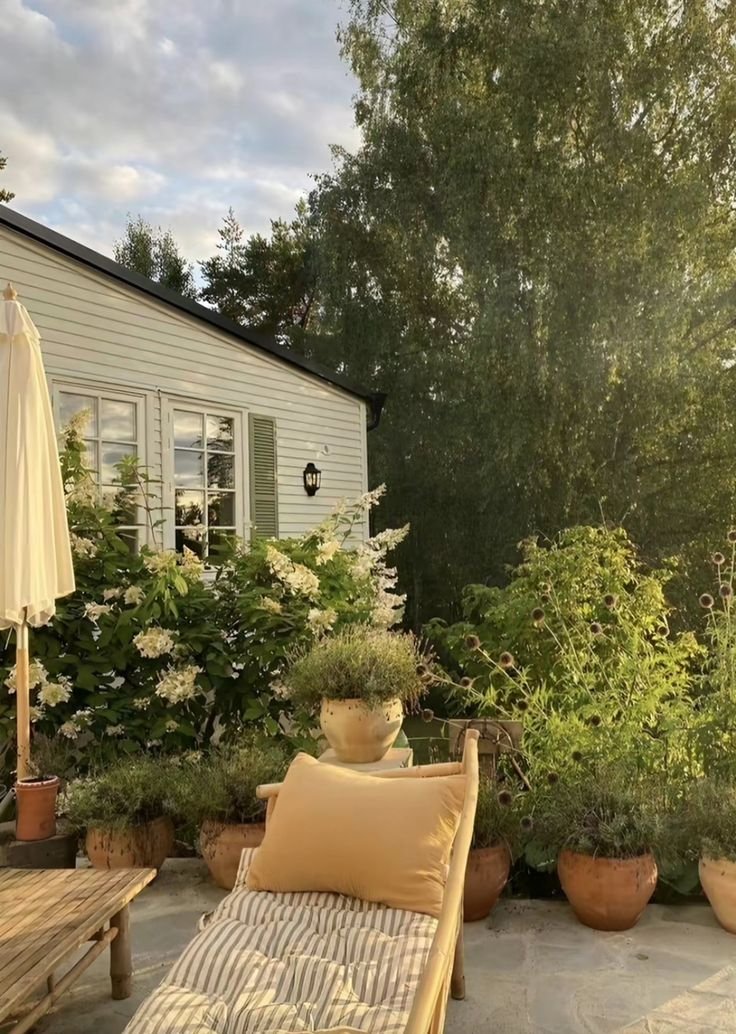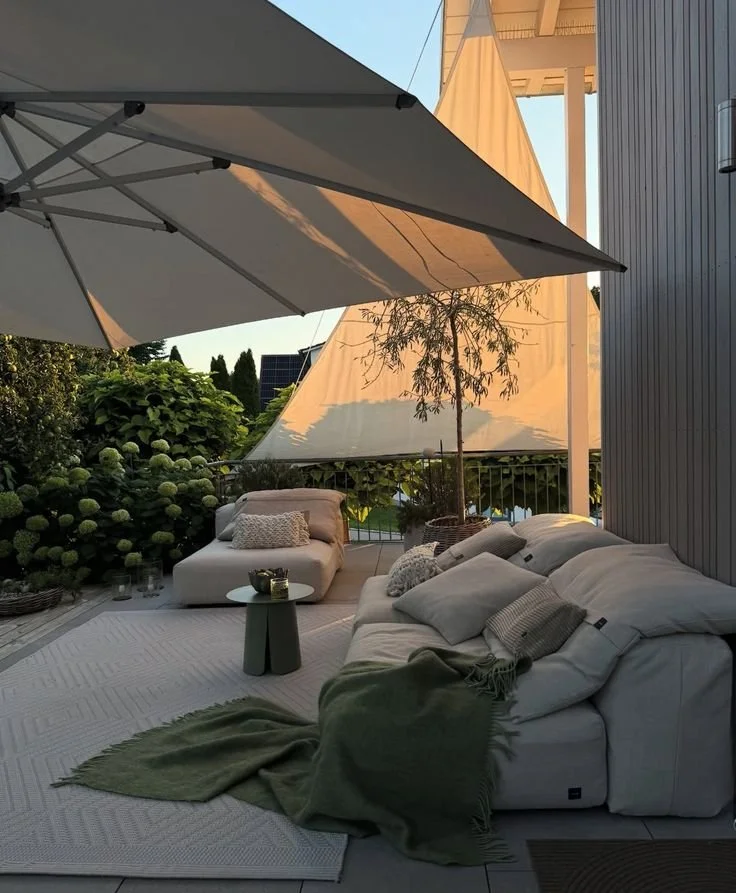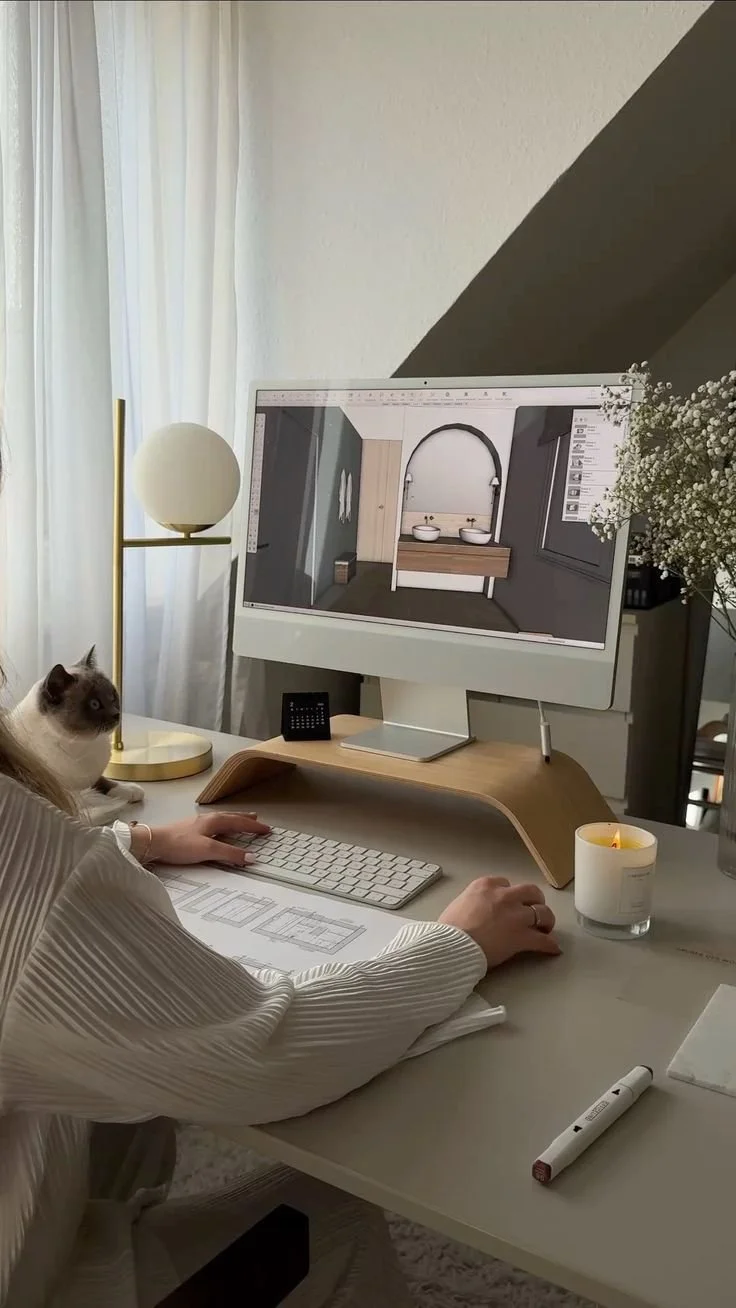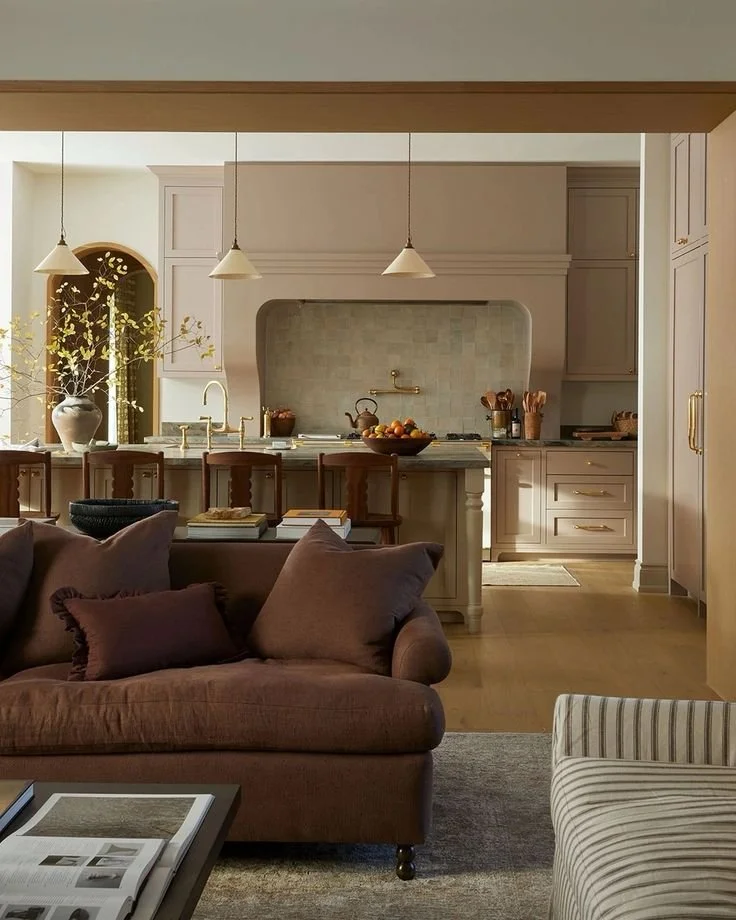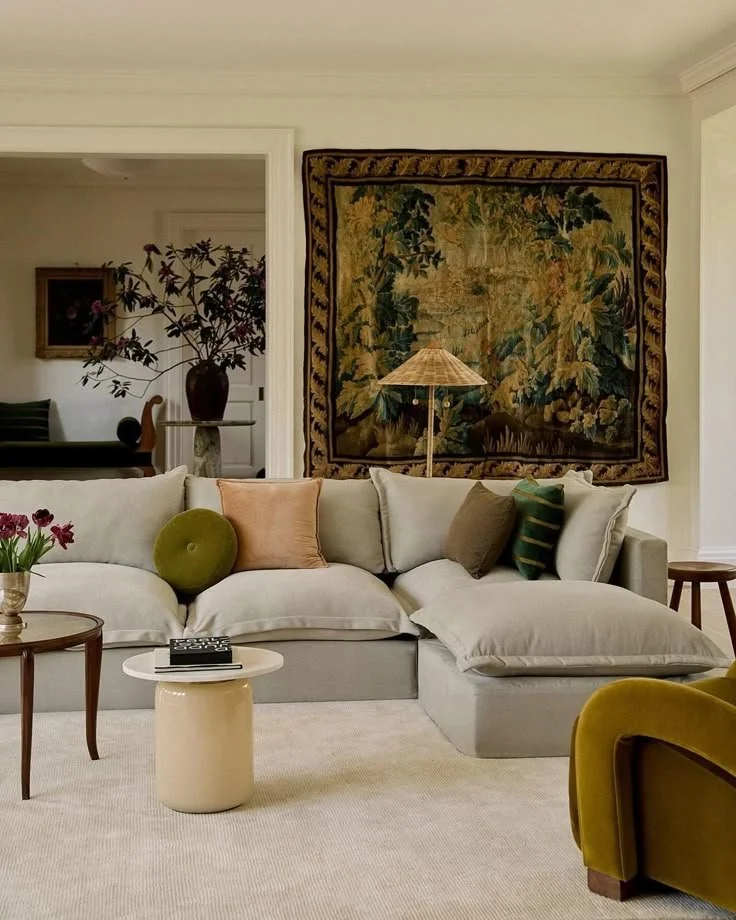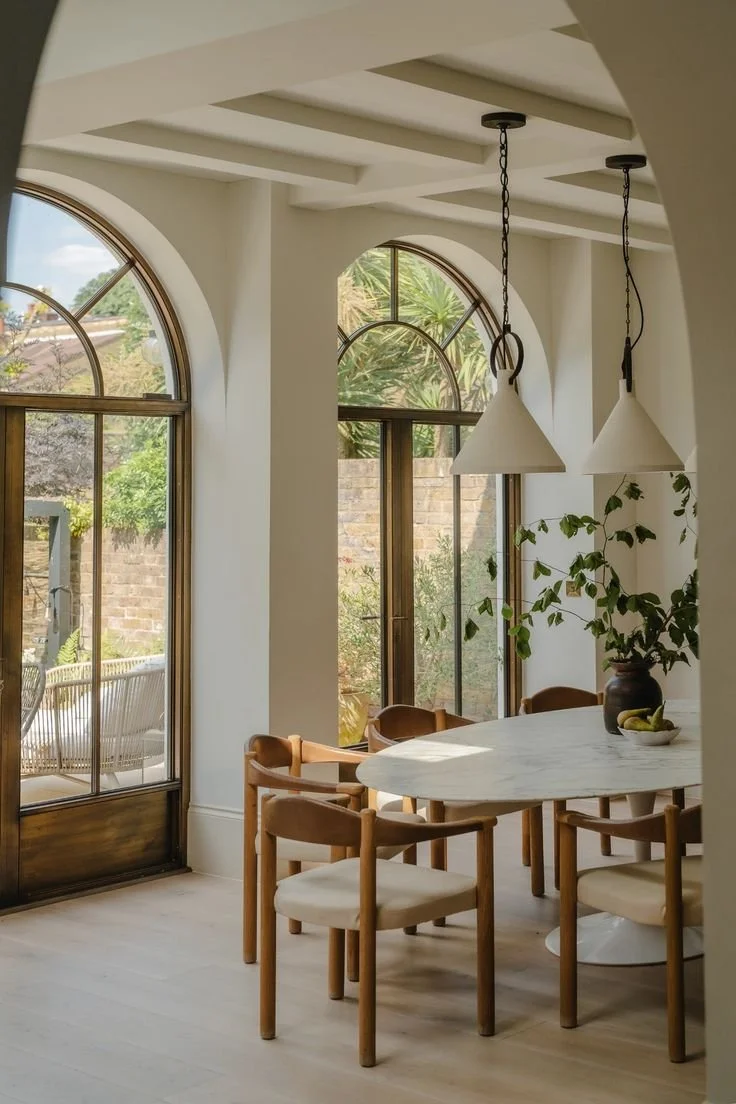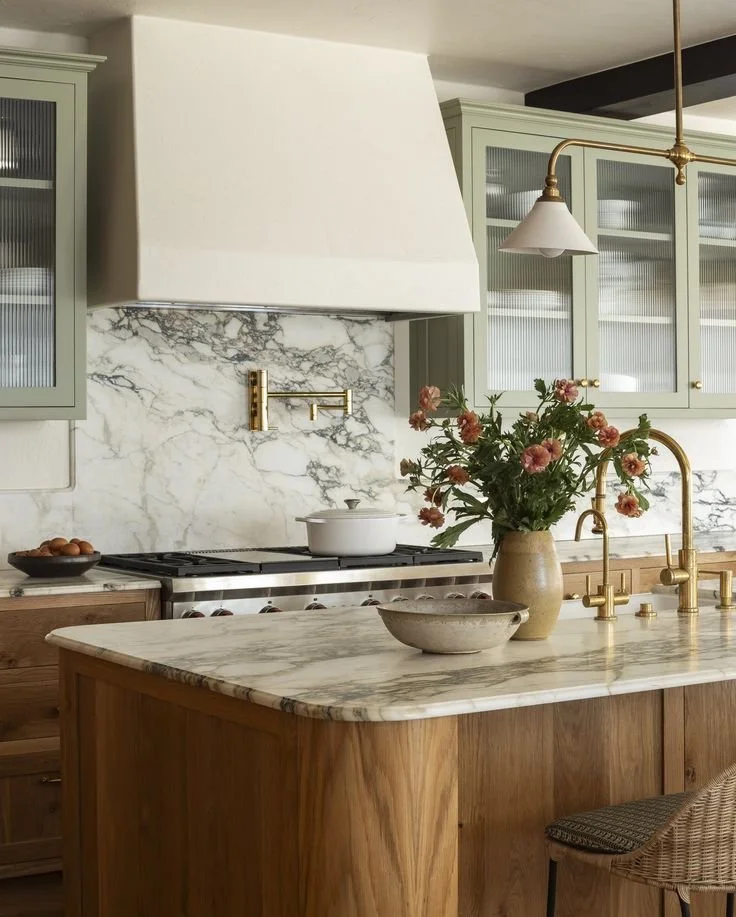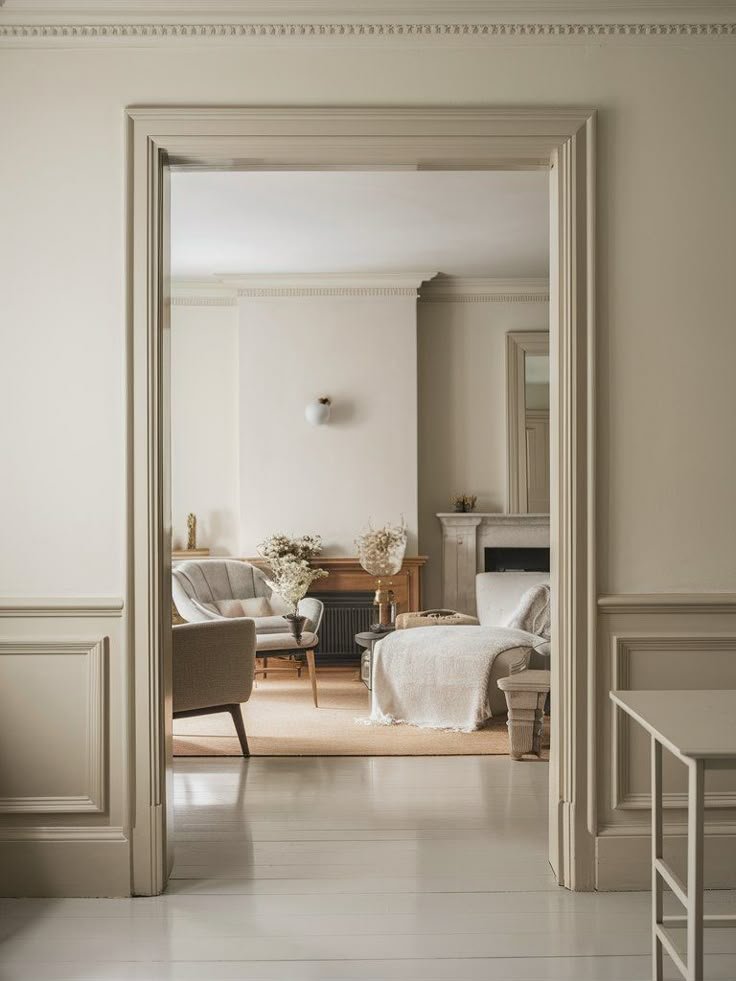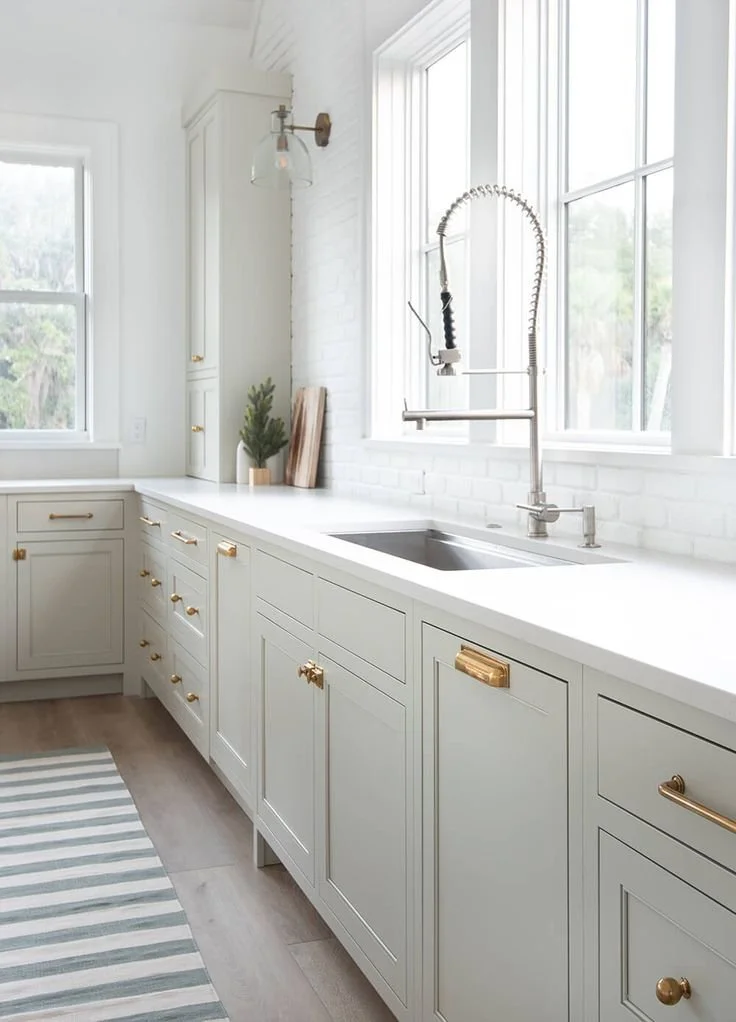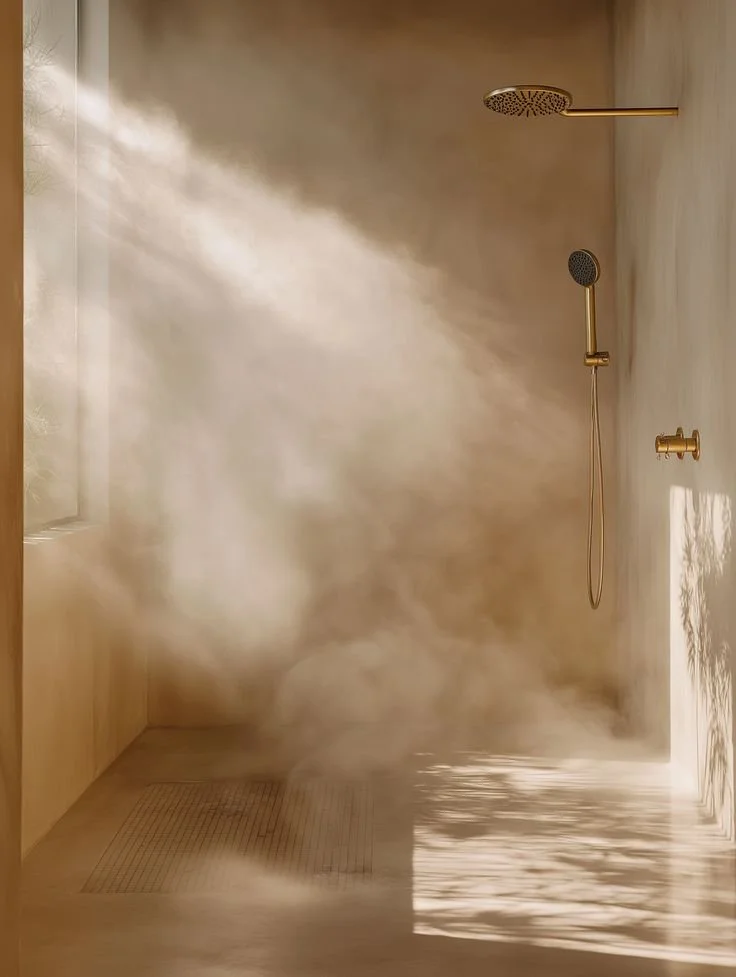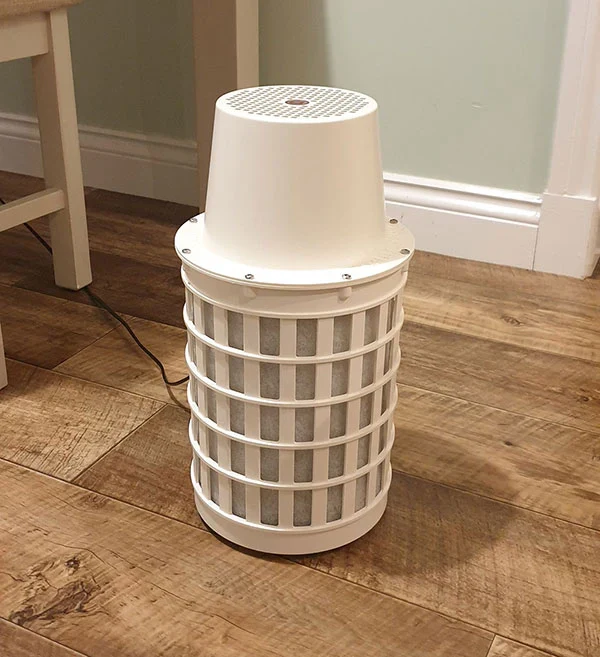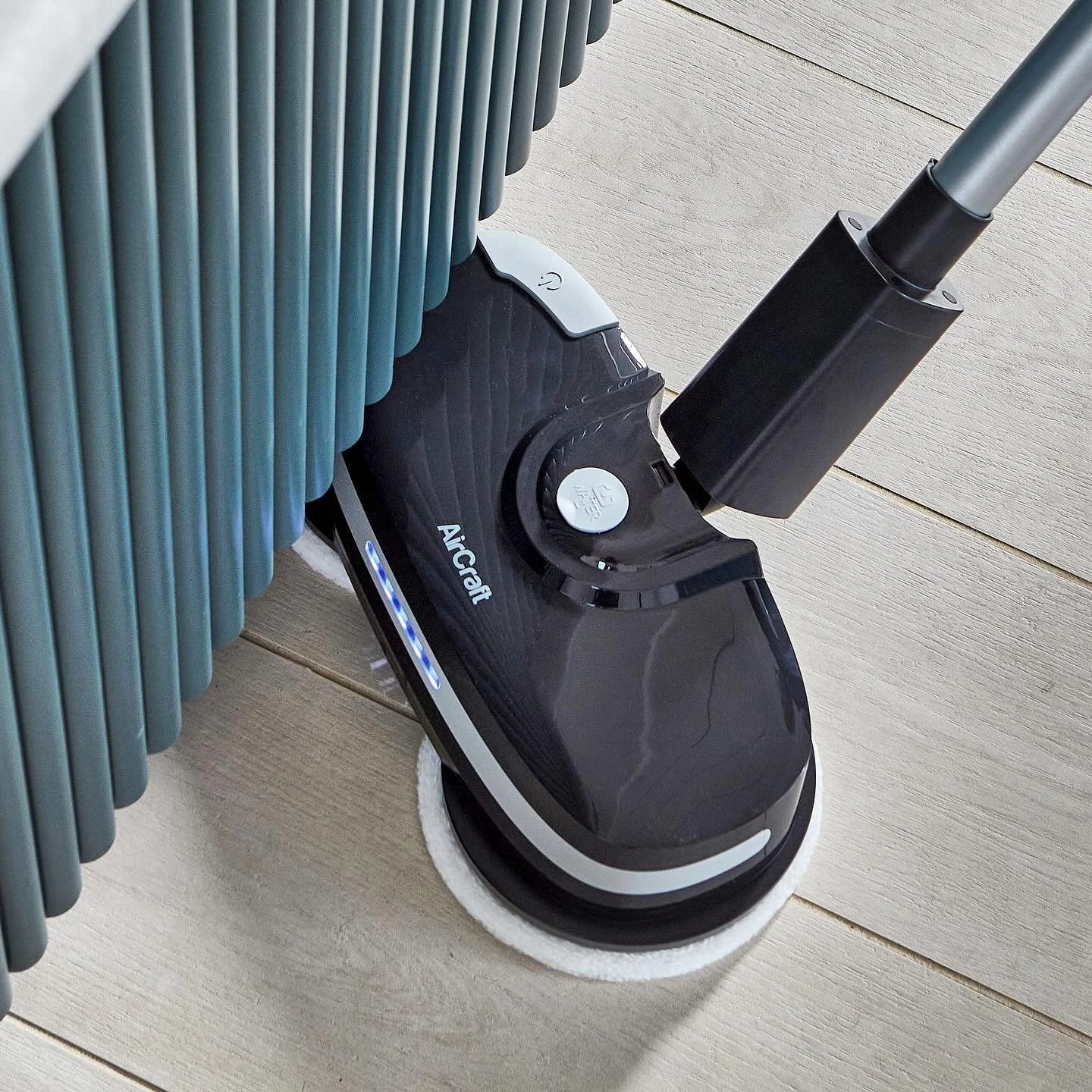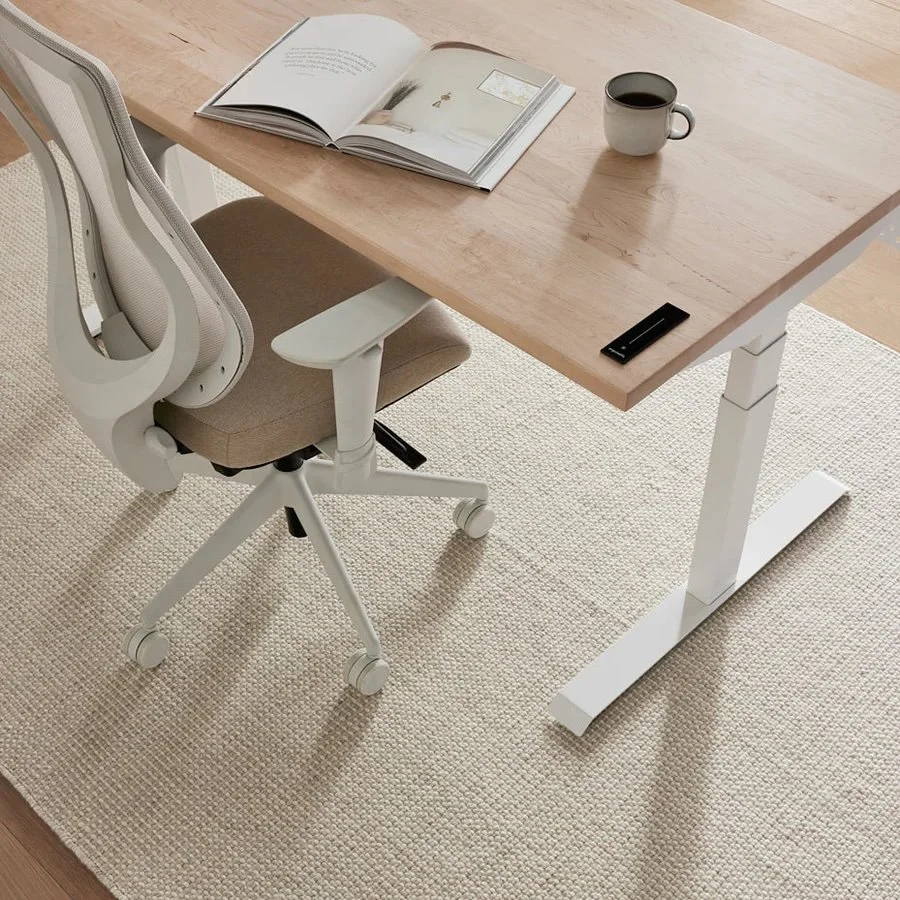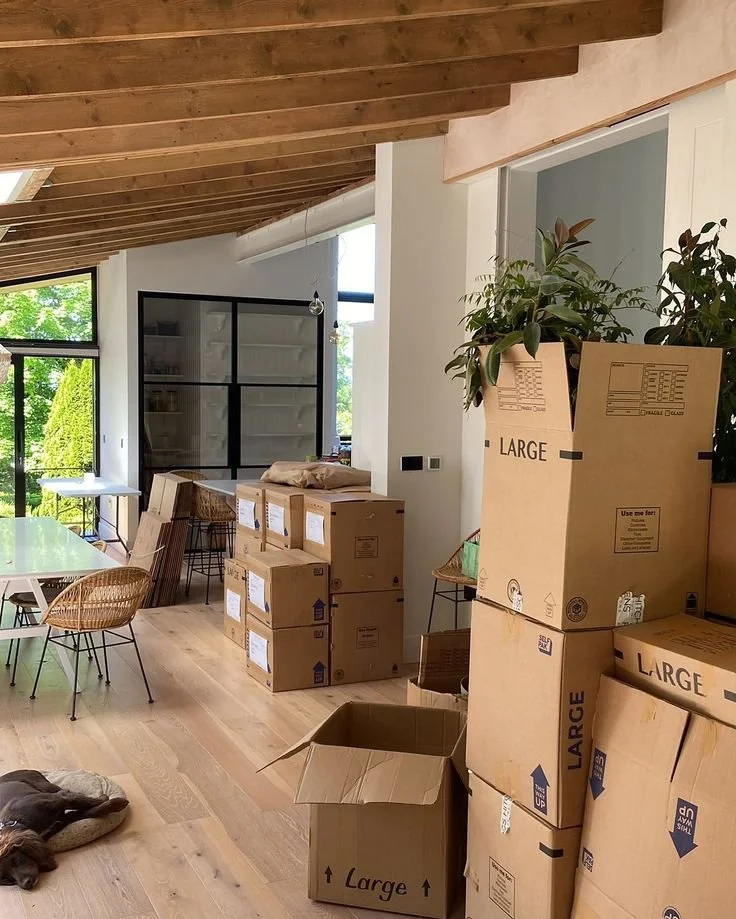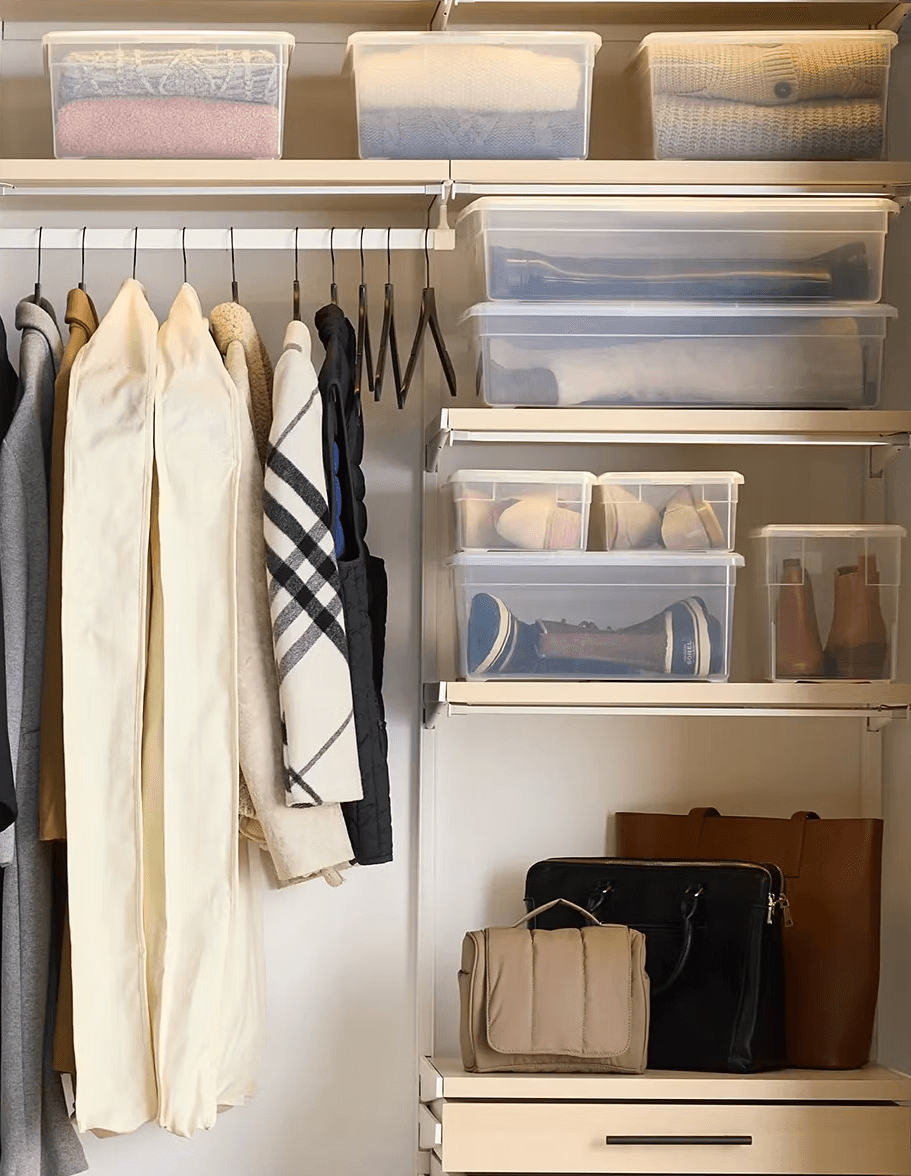Buying your first home is one of the most significant financial decisions you’ll ever make. It’s not just about choosing the right property—it’s about choosing the right method of purchase that aligns with your financial situation, long-term goals, and lifestyle. Whether you're working with a tight budget, looking for flexibility, or fortunate enough to have substantial savings, the way you choose to buy can have a lasting impact on your financial health.
In this article, we’ll break down three of the most common ways to buy your first home: the traditional mortgage route, shared ownership schemes, and buying outright. Each method comes with its own set of advantages and drawbacks, and understanding these will help you make an informed, confident decision.
No. 1
The Traditional Route: Taking Out a Mortgage
When most people think about buying a property, they immediately think of a mortgage. This is the most common method of financing a property purchase, especially for first-time buyers.
How It Works:
You put down a deposit—typically between 5% and 10% of the property’s value.
You borrow the remaining amount from a lender.
You repay the loan in monthly installments over an agreed term, with added interest.
Pros:
Access to a wider range of properties: You're not limited to specific schemes or property types.
Build equity over time: As you make payments, you gradually own more of your home.
Potential for appreciation: If property values rise, your investment grows.
Cons:
Interest costs: Over the life of the loan, you may pay significantly more than the original purchase price—sometimes up to 50% more.
Interest rate fluctuations: If you're on a variable-rate mortgage, your monthly payments could increase if rates rise.
Deposit requirements: Saving even 10% of a property’s value can be challenging, especially in high-cost areas.
Is It Right for You?
If you have a stable income, can save a reasonable deposit, and want access to a broad range of properties, a traditional mortgage might be the best fit. Just be sure to factor in long-term costs and interest rate risks.
No. 2
Shared Ownership: A Stepping Stone to Full Homeownership
For buyers who may struggle to afford a traditional mortgage, shared ownership schemes offer a more accessible path to getting on the property ladder.
How It Works:
You purchase a share of a property (typically 25% to 75%).
You pay rent on the remaining share owned by a housing association or developer.
Over time, you can buy additional shares—a process known as staircasing—until you own the property outright.
Pros:
Lower upfront costs: Deposits are based only on the share you’re buying, making it more affordable.
Accessible for lower incomes: It opens the door to homeownership for those who might otherwise be priced out.
Opportunity to increase ownership: You can gradually buy more of the property as your financial situation improves.
Cons:
Dual payments: You’ll need to pay both a mortgage and rent, which can be financially complex.
Limited property options: Shared ownership homes are often limited to new builds or specific developments.
Restrictions on resale: There may be limitations on who you can sell to and how much you can sell for.
Is It Right for You?
If you're eager to own a home but can’t afford a full mortgage, shared ownership can be a great compromise. Just be sure to use a shared ownership calculator to understand your monthly obligations and long-term affordability.
Houzz
Make your home project a reality. Find inspiration, products, and the pros to make it happen - all in one place.
No. 3
Buy Outright: The Fastest, Simplest Route (If You Can Afford It)
If you’re in the fortunate position of having enough funds to buy a property outright, this method offers unmatched simplicity and long-term savings.
How It Works:
You purchase the property in full with no need for a mortgage or loan.
You avoid interest payments, monthly repayments, and lender fees.
Pros:
No interest or mortgage fees: You pay only the purchase price, saving tens of thousands over time.
Faster transaction: Without a lender involved, the buying process is typically quicker and more flexible.
Greater negotiating power: Sellers often prefer cash buyers, which can give you leverage on price.
Cons:
Large upfront cost: You’ll need substantial liquid assets to make this work.
Tied-up capital: Your money is locked in real estate, which may limit liquidity for other investments or emergencies.
Proof of funds: You may need to provide documentation to verify the source of your funds, which can involve additional steps.
Is It Right for You?
If you have the money available and want to avoid the complexities of borrowing, buying outright is a smart, efficient choice. Just ensure you’re not compromising your financial flexibility in the process.
Takeaways
As we've explored in this article, there’s no one-size-fits-all approach to buying your first home. Each method—whether it’s a traditional mortgage, shared ownership, or buying outright—has its own set of benefits and challenges. The right choice depends on your financial situation, long-term goals, and personal preferences.
Before making a decision:
Assess your current finances: How much can you afford to pay upfront? What monthly payments are sustainable?
Consider your future plans: Are you planning to stay in the property long-term? Do you expect your income to increase?
Explore all options: Use online calculators, speak with financial advisors, and research local housing schemes.
Remember, buying a home is not just a financial transaction—it’s a life decision. Take the time to weigh your options carefully, and choose the path that sets you up for long-term stability and success.
For more advice on home buying, mortgages, and financial planning, be sure to explore the rest of our blog.
Looking for Home resources?
Looking to enhance your living space and create a sanctuary that supports your well-being? Explore our home partners who offer a wide range of resources to elevate your home environment.
